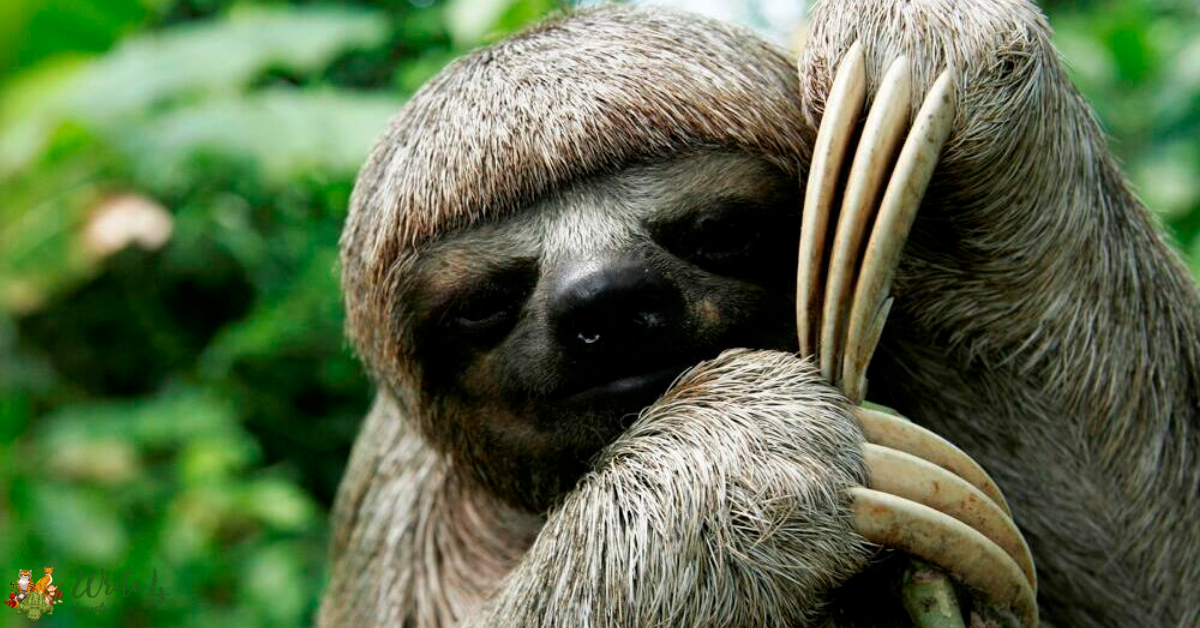Animals have an incredible diversity of shapes, sizes, behaviors, and adaptations that make the natural world endlessly fascinating. From the vibrant colors of tropical birds to the mesmerizing dance of the octopus, there’s no shortage of remarkable creatures that capture our attention. However, not all animals are known for their charisma and excitement. In this blog post, we will explore the Top 15 Most Boring Animals shedding light on these underappreciated creatures and discovering the beauty in their simplicity.
Top 15 Most Boring Animals
1. Earthworms
Earthworms, often dismissed as unassuming garden dwellers, play an essential role in shaping our ecosystems. These segmented creatures burrow through soil, aerating and enriching it with their castings. This natural process, called vermicomposting, enhances soil fertility and encourages plant growth. Earthworms are truly unsung heroes of the environment.
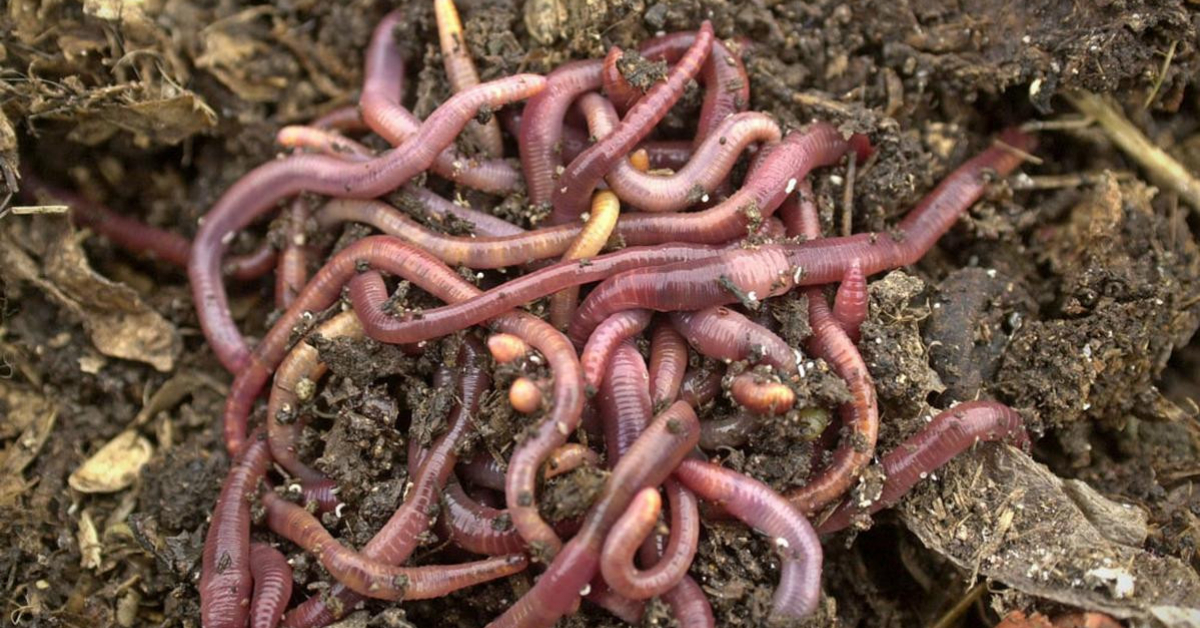
Their simple appearance belies their incredible contributions to agriculture. In addition to improving soil structure, they also help break down organic matter, transforming it into nutrient-rich humus. Earthworms not only benefit terrestrial ecosystems but also provide sustenance for various birds, mammals, and other wildlife. Their burrowing activities help to prevent soil erosion and promote water infiltration, mitigating the effects of heavy rainfall.
Earthworms exemplify the beauty of simplicity in nature. Their tireless work beneath the ground goes unnoticed, yet it’s vital for the health of our planet’s ecosystems. These unassuming creatures are a testament to the intricate web of life, reminding us that even the smallest and simplest organisms play a significant role in the natural world.
2. Brown Pelicans
Brown pelicans, with their subdued plumage and somber appearance, may not immediately capture the imagination like their more colorful avian counterparts. However, these coastal birds are remarkable in their own right.
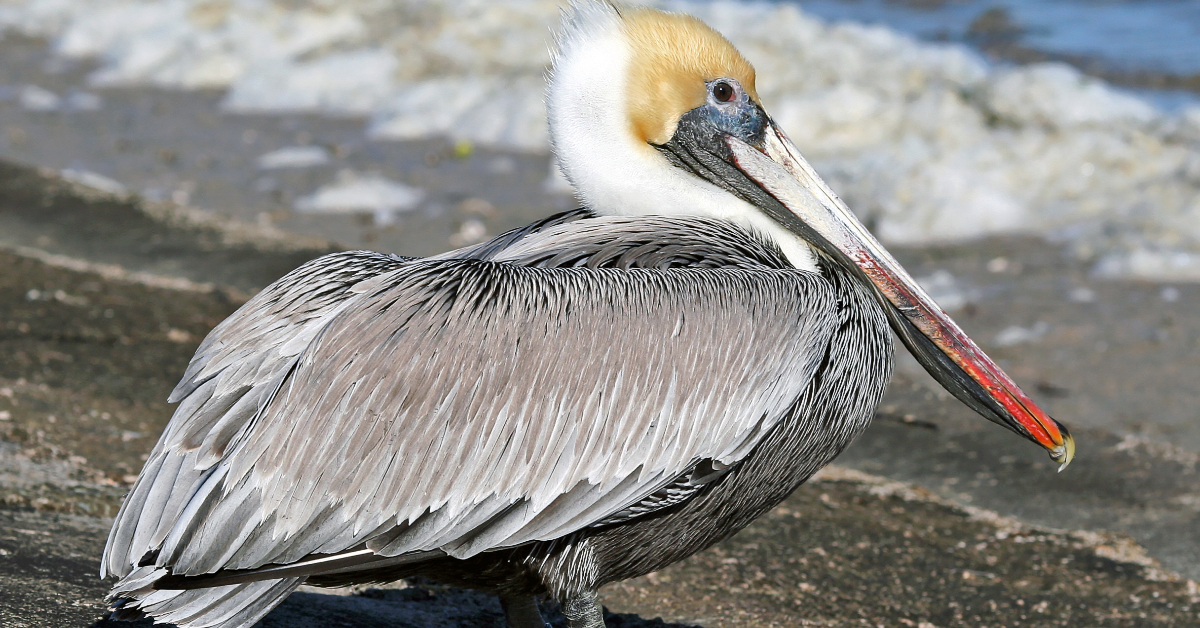
One of the most distinctive features of the brown pelican is its extraordinary fishing technique. These birds are adept at plunge-diving into the water from impressive heights, often reaching speeds of up to 25 miles per hour. Their precision in locating and snatching fish from the water is a testament to their remarkable hunting abilities.
Brown pelicans also have a fascinating history of conservation. Once threatened by the pesticide DDT, they made a remarkable recovery following its ban. They were one of the first species to be listed under the Endangered Species Act and have become a symbol of successful wildlife conservation efforts.
While their appearance may be unassuming, brown pelicans’ grace in the skies and their contribution to coastal ecosystems are truly awe-inspiring. These birds teach us that even the most boring animals have unique and captivating stories to tell.
3. Blobfish
The blobfish is often referred to as the “World’s Ugliest Animal” due to its unusual, gelatinous appearance and it is also one of the most boring sea animal. Found in the deep waters off the coast of Australia, this creature has adapted to withstand the immense pressure of the ocean depths.
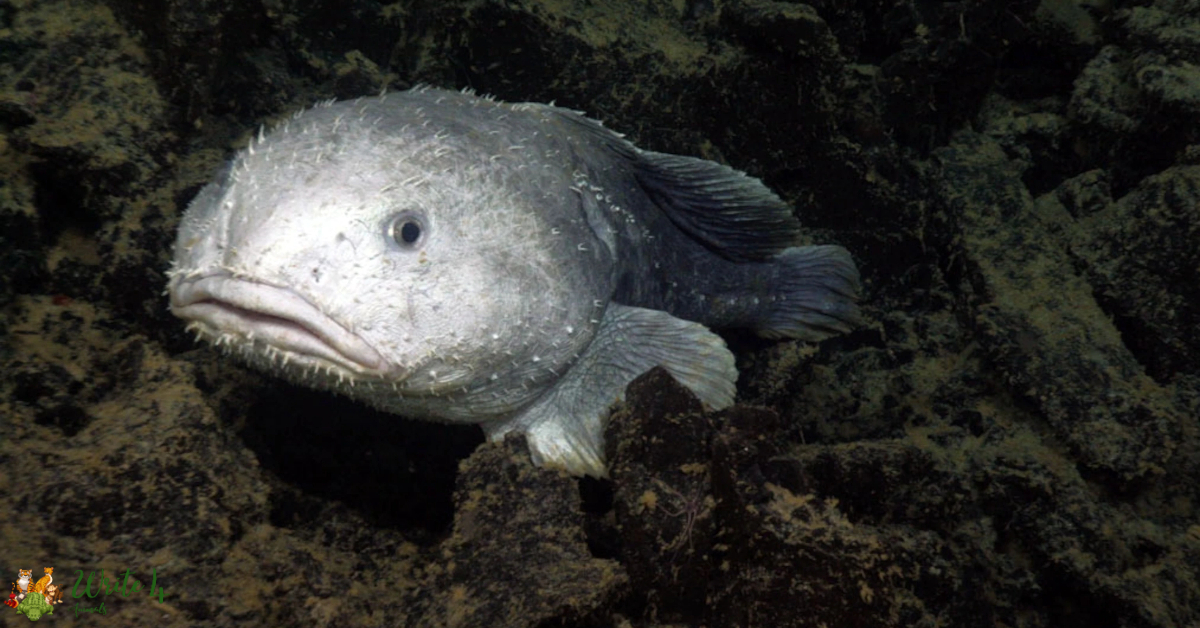
While their appearance may not win any beauty contests, blobfish are a testament to nature’s ability to adapt to extreme environments. Their unique gel-like flesh allows them to maintain buoyancy in the high-pressure conditions of the deep sea. This adaptation is a remarkable example of how life can thrive in the most challenging and inhospitable places on Earth.
Blobfish serve as a reminder that beauty is subjective and that the natural world is full of surprises. Their quirky appearance is a testament to the diverse and often bizarre forms of life that exist beneath the ocean’s surface. In a world where aesthetics are often prioritized, blobfish stand as a symbol of the fascinating and unconventional wonders of the deep sea.
4. Pandas
Pandas, the iconic black-and-white bears of China, are often celebrated for their adorable appearance but still Pandas are consider as boring zoo animals. While they may not exhibit the dynamic behaviors of their larger bear cousins, they possess a unique charm that has captivated the hearts of people worldwide.
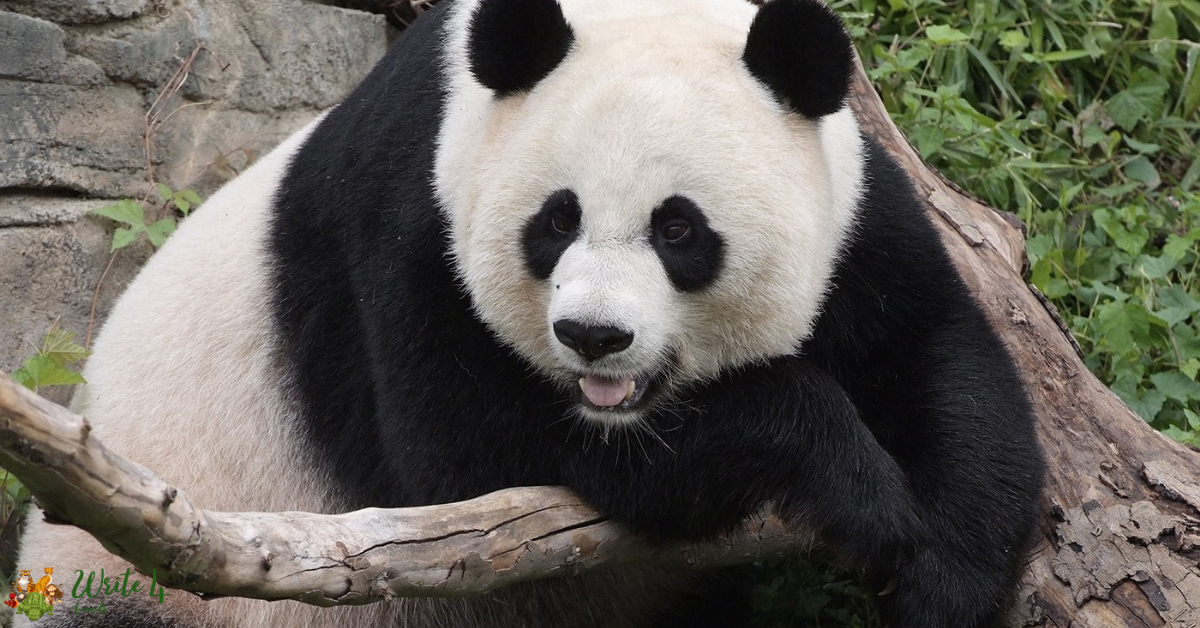
These bamboo-loving creatures lead a slow-paced life primarily focused on eating and conserving energy. Their diet is highly specialized, consisting mainly of bamboo shoots and leaves. This dietary choice is fascinating in itself, as pandas have evolved to subsist on a plant that is low in nutrients. Their ability to extract enough sustenance from bamboo showcases nature’s remarkable adaptability.
Pandas also play a vital role in biodiversity conservation. Their habitat overlaps with many other species, and by protecting panda habitats, we indirectly conserve numerous other animals and plants.
In a world full of high-energy and fast-moving creatures, pandas remind us of the beauty in simplicity and the importance of preserving species that might not be the most dynamic but are crucial for the balance of ecosystems.
5. Sloths
Sloths, the epitome of a leisurely lifestyle, are fascinating creatures that thrive in the canopies of tropical rainforests. They may not break any land speed records, but their slow and deliberate movements have evolved as an ingenious survival strategy.
 These arboreal mammals move so slowly that algae often grow on their fur, providing camouflage in their treetop homes. They spend most of their lives hanging upside down, efficiently conserving energy and minimizing their exposure to predators. Their gentle and unhurried nature is a testament to the adaptability of life in diverse environments.
These arboreal mammals move so slowly that algae often grow on their fur, providing camouflage in their treetop homes. They spend most of their lives hanging upside down, efficiently conserving energy and minimizing their exposure to predators. Their gentle and unhurried nature is a testament to the adaptability of life in diverse environments.
One of the most endearing aspects of sloths is their unique approach to reproduction. They give birth to just one offspring at a time, and the mother carries her baby for several months, providing devoted care to ensure its survival.
Sloths are the zen masters of the animal kingdom, reminding us of the beauty in taking life at a slower pace and embracing simplicity. They demonstrate that even in the fast-paced world of nature, there is a place for those who choose to savor each moment.
6. Naked Mole Rats
Naked mole rats may not win any beauty contests, but they are eusocial marvels that thrive in underground colonies in Africa. These rodents exhibit a complex social structure similar to that of social insects, such as ants and bees.
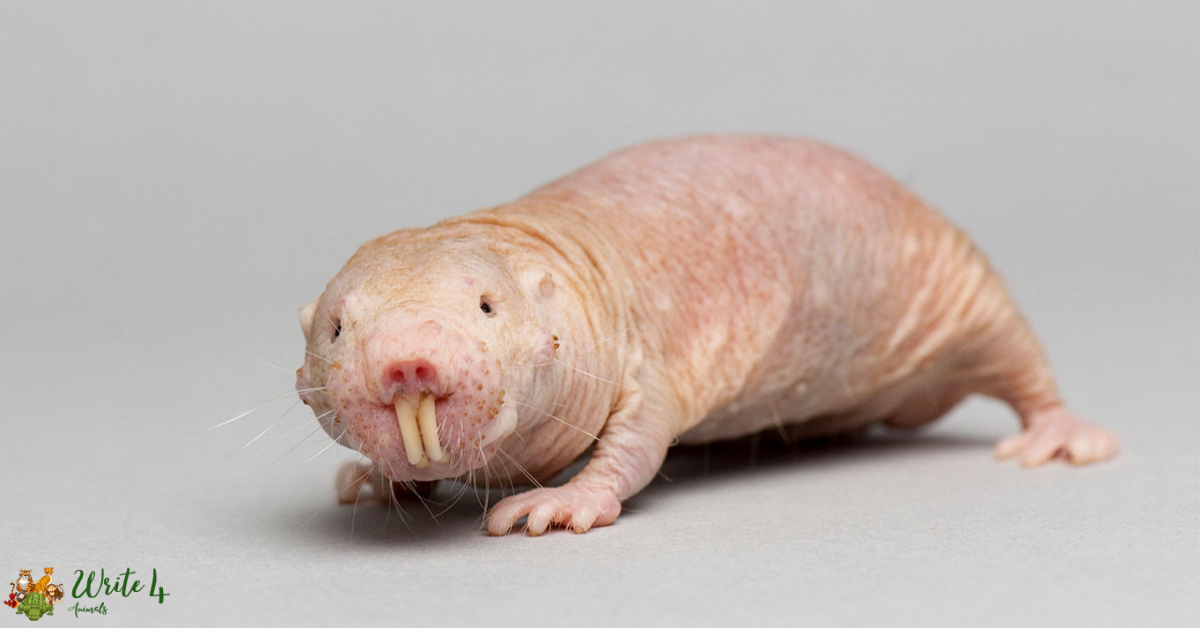
Living in a queen-centered society, naked mole rats display a high level of cooperation and division of labor. They have sterile worker individuals that maintain and protect the colony, while a single queen is responsible for reproduction. This unique social structure is a fascinating example of eusociality among mammals.
Naked mole rats also have an extraordinary resistance to pain and cancer, making them a subject of scientific interest for their potential medical applications.
Their appearance may not be striking, but their intricate social lives and remarkable adaptations make naked mole rats worthy of study and admiration. They remind us that beauty comes in many forms, and the complexities of the natural world often transcend outward appearances.
7. Stingrays
Stingrays are often overshadowed by their charismatic relatives, the sharks, but they are graceful swimmers and have evolved remarkable adaptations for life on the ocean floor. These flat, cartilaginous fish exhibit a unique and captivating elegance as they glide effortlessly through the water.
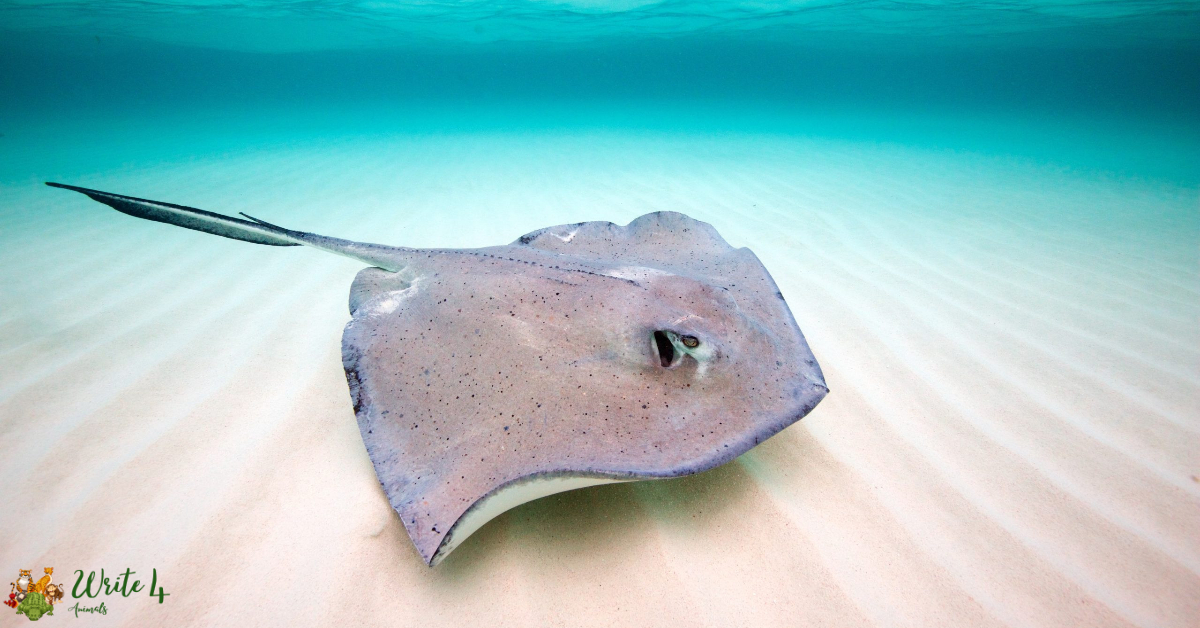
One of their most distinctive features is their flattened body and wing-like pectoral fins, which allow them to move with a mesmerizing grace in the ocean. Stingrays are also equipped with a venomous spine on their tails, which they use for self-defense when threatened.
Despite their unassuming appearance, stingrays are integral to marine ecosystems. They feed on a diet of crustaceans, mollusks, and small fish, helping to maintain the balance of these populations.
Stingrays serve as a reminder that not all captivating animals are brightly colored or fierce predators. Their quiet presence on the ocean floor and their unique adaptations make them a fascinating part of the underwater world, offering a different perspective on the wonders of marine life.
8. Quokkas
Quokkas, often referred to as the “world’s happiest animals,” are native to Australia and inhabit islands like Rottnest Island. These small marsupials have gained popularity for their seemingly perpetual smiles, which have made them internet sensations.

Their friendly and cheerful appearance is not just for show; it’s a result of their natural facial features. Quokkas have a rounded, smiling mouth that gives them a perpetually content expression. While their appearance may be what they are most famous for, their lives are more complex than their smiles may suggest.
Quokkas are herbivores and primarily feed on a variety of plants, making them an important part of the ecosystems in which they live. They are also adept climbers and can make impressive leaps.
Their smiles have made them a symbol of positivity and happiness. In a world often overwhelmed by bad news, quokkas remind us of the simple joy that can be found in the animal kingdom and serve as a source of inspiration for those who encounter their endearing expressions.
9. Mudskippers
Mudskippers are remarkable fish that have adapted to live both in and out of the water. They thrive in coastal habitats, especially in mudflats and intertidal zones, where they face the unique challenge of dealing with changing water levels and terrestrial environments.
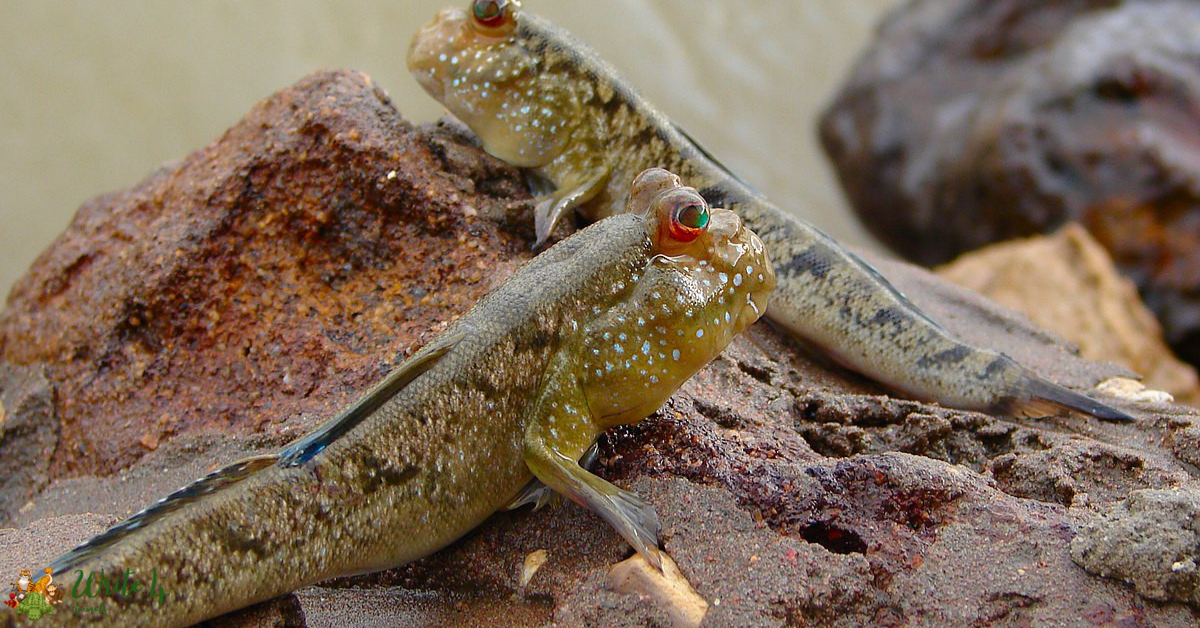
These amphibious fish possess a series of adaptations that set them apart from their fully aquatic relatives. They have specialized gills that allow them to extract oxygen from both water and air, enabling them to breathe when out of the water. Their pectoral fins have evolved into limb-like structures, which they use for crawling and hopping across the mud.
Mudskippers also exhibit fascinating behaviors, including territorial displays and courtship rituals. They are opportunistic feeders, preying on insects and small invertebrates in their mudflat habitats.
Mudskippers are a testament to the adaptability of life on Earth. Their ability to bridge the gap between land and sea showcases the ingenuity of nature, and their quirky behaviors and unique adaptations make them a captivating addition to the animal kingdom.
10. Sea Cucumbers
Sea cucumbers are often overlooked creatures inhabiting the world’s oceans, but their role in marine ecosystems is nothing short of crucial although sea Cucumbers are consider as boring sea animal due to their life style.These soft-bodied, elongated animals are echinoderms, related to sea stars and sea urchins, and they exhibit a fascinating array of adaptations.

Sea cucumbers feed primarily on detritus, breaking down organic matter on the ocean floor, which is essential for nutrient cycling in marine ecosystems. They play a vital role in maintaining the health of the seabed, helping to recycle nutrients and cleanse the ocean floor.
Some species of sea cucumbers possess the unique ability to expel their internal organs as a defense mechanism. They can regenerate these body parts, which is an extraordinary adaptation for survival.
Beyond their ecological significance, sea cucumbers are also of economic importance, as they are harvested for food in various cultures around the world.
Sea cucumbers might not have the charisma of more iconic marine animals, but they are essential players in the complex web of life beneath the waves, reminding us that even the most unassuming creatures have a profound impact on the health of our oceans.
11. Platypuses
The platypus is one of nature’s most enigmatic and unique creatures. Native to Australia, these monotremes are famous for their unconventional combination of features.They have the body of a small mammal but lay eggs, possess a duck-like bill, and exhibit webbed feet.
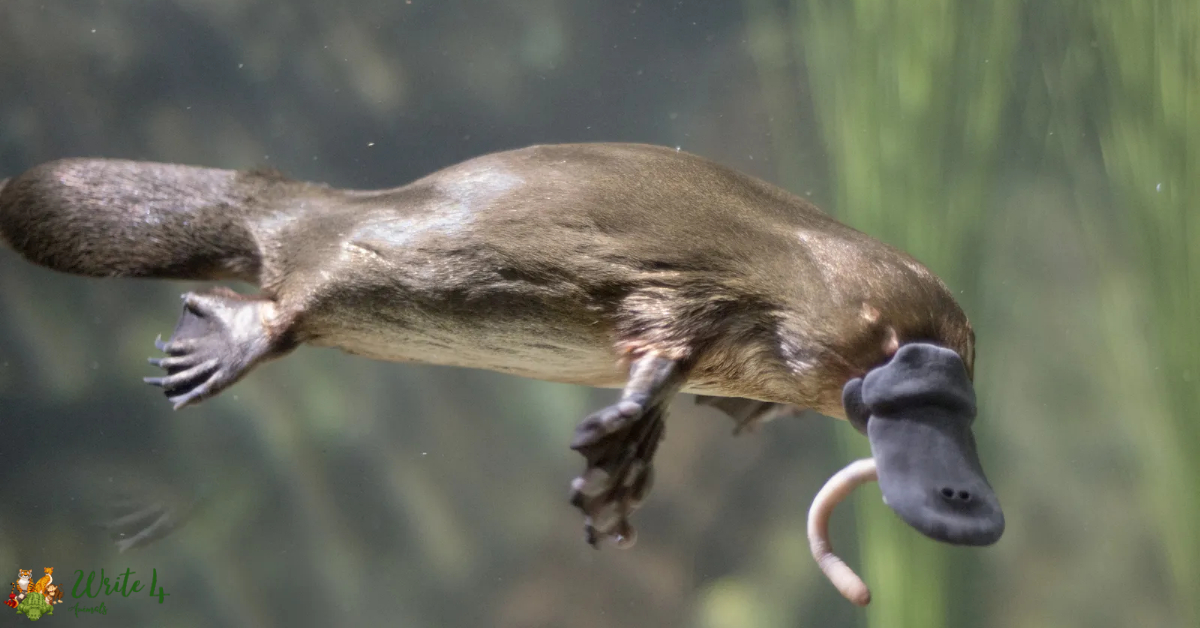
Their peculiar appearance is not the only remarkable thing about them. Platypuses are highly adapted to their semi-aquatic lifestyles. They are expert swimmers, using their webbed feet and beaver-like tail to propel themselves through the water. Their duckbill is equipped with electroreceptors, allowing them to detect prey underwater.
Platypuses are elusive, mostly active during the night, and they feed primarily on aquatic invertebrates. Their ability to hunt by closing their eyes, ears, and nostrils underwater is an extraordinary example of evolution.
These endearing animals serve as living fossils, providing insights into the evolutionary history of mammals. Their curious combination of features and their role in Australia’s unique ecosystems make them a truly captivating and cherished species.
12. Sperm Whales
Sperm whales are the giants of the ocean, known for their immense size and deep-sea prowess. These magnificent marine mammals are among the largest animals on Earth, with males often exceeding 50 feet in length.
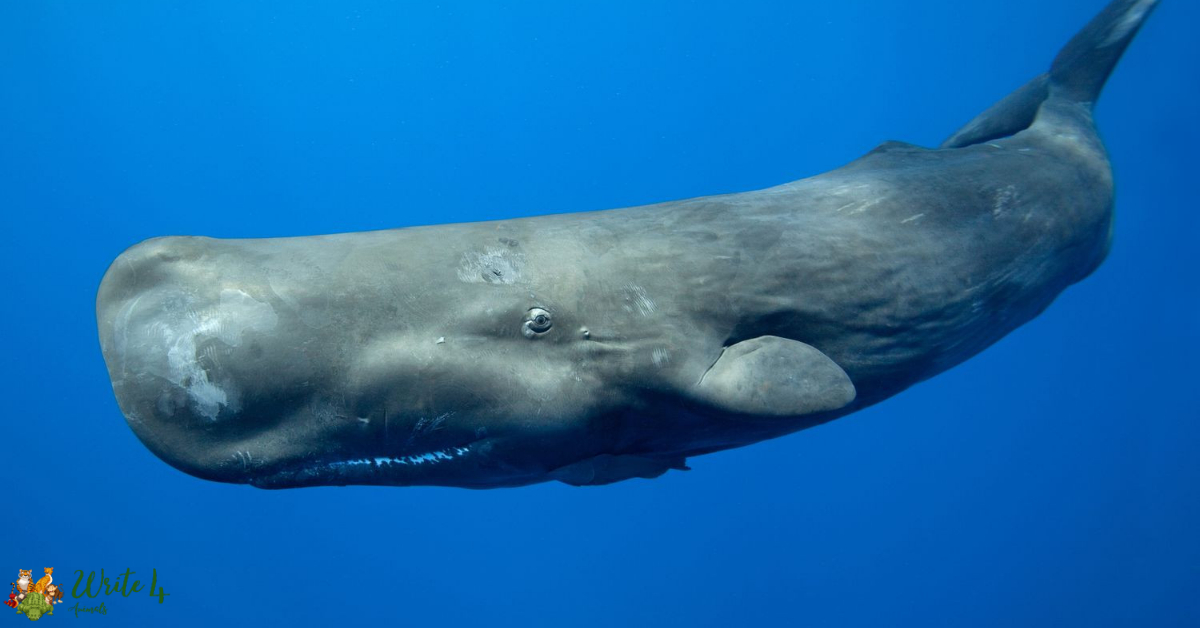
Sperm whales possess a distinctive wrinkled appearance and are famous for their enormous heads, which house a large reservoir of spermaceti oil. This oil was historically harvested for various uses, including as a lubricant for machinery and candles. Their massive heads also contain a spermaceti organ and a melon that play crucial roles in echolocation and communication.
These whales are deep divers, known to reach depths of over 10,000 feet in search of their favorite prey: giant squid. Their ability to hunt in the dark depths of the ocean is awe-inspiring.
Sperm whales are highly social animals, often found in family groups. They communicate using a complex system of clicks and vocalizations. Their incredible size, remarkable diving abilities, and intricate social structures make them an iconic and fascinating species of the deep seas, reminding us of the wonder and diversity of marine life.
13. Fainting Goats
Fainting goats, also known as myotonic goats or “Tennessee Fainting Goats,” are a unique and endearing breed known for their peculiar response to sudden movements or loud noises. When startled, these goats experience temporary muscle stiffness, causing their limbs to lock up and making them fall over. This characteristic “fainting” behavior is due to a genetic condition.
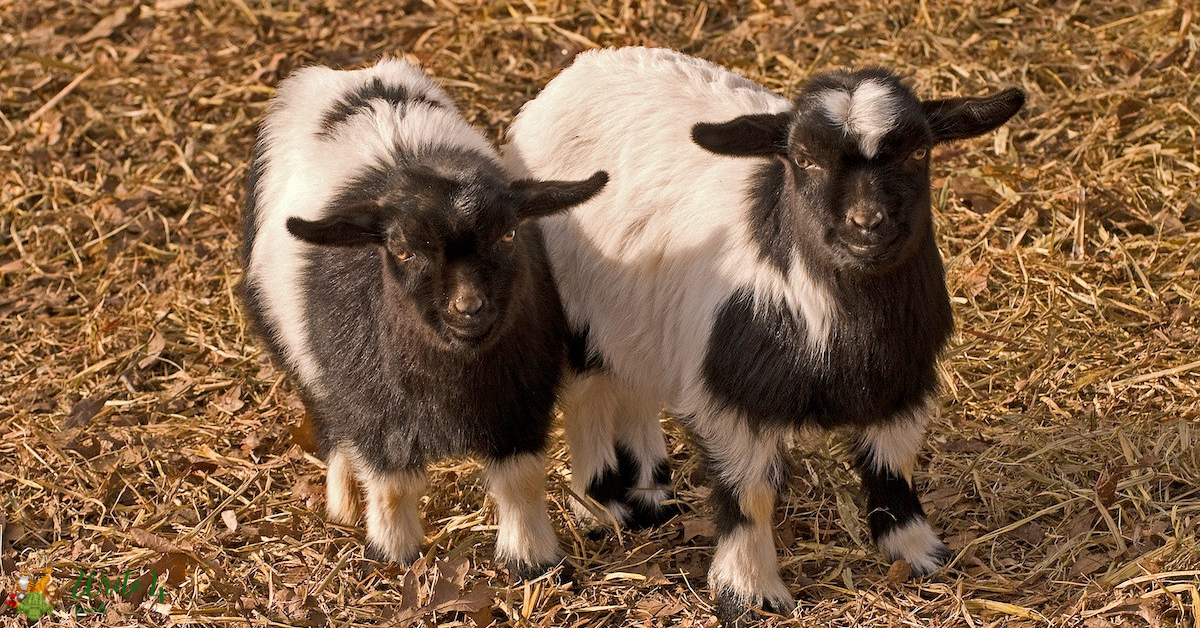
While it may seem like a disadvantage, the fainting response is not harmful to the goats and is more of a curiosity than a hindrance. In fact, it has endeared them to animal enthusiasts and curious onlookers.
Beyond their unusual response to stimuli, fainting goats are just like any other goat breed. They are hardy, friendly, and serve as great companions and providers of milk, meat, and fiber. Their quirky behavior adds a touch of comedy to the farm, making them a unique and beloved addition to the world of domesticated animals.
Fainting goats exemplify how animals can have charming quirks that make them memorable and cherished by those who encounter them.
14. Ants
Ants, the tiny powerhouses of the insect world, are often overlooked, but they are remarkable in their collective achievements. These eusocial insects work together in colonies with highly specialized tasks and complex communication systems.
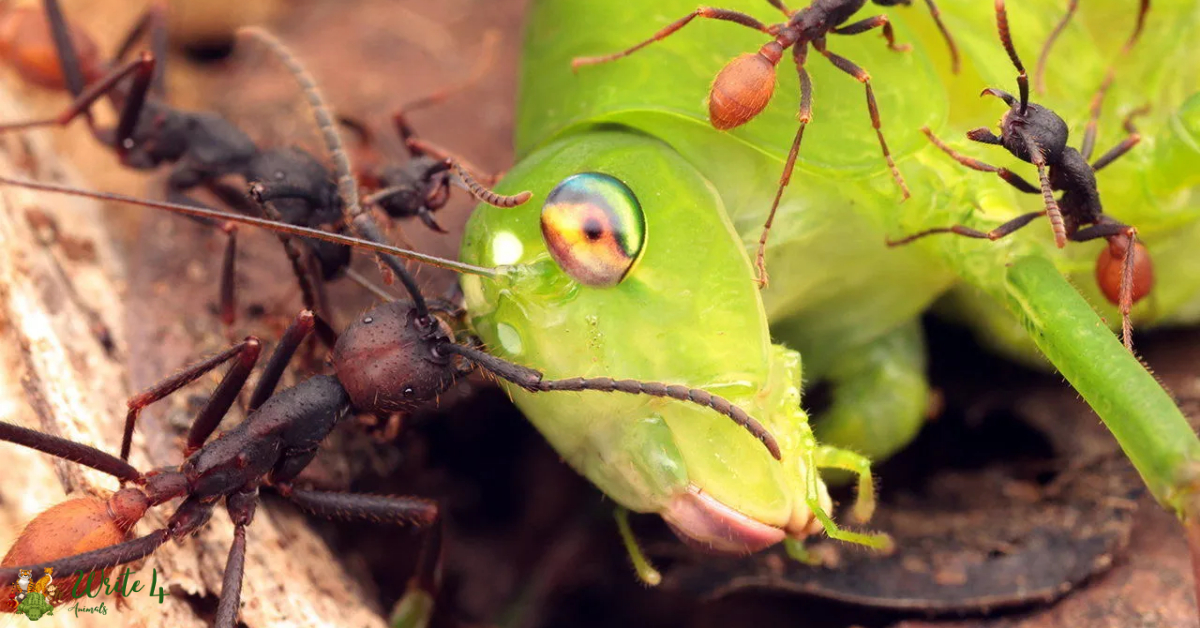
Ant colonies are highly organized, with individual ants taking on roles such as workers, soldiers, and the queen. Their division of labor allows them to efficiently gather food, protect the colony, and maintain their complex nests.
Ants exhibit a fascinating array of behaviors and adaptations, including their ability to navigate using pheromone trails and their farming of aphids for honeydew. Some ant species build intricate and impressive nests, while others are known for their remarkable strength and teamwork.
These industrious insects play essential roles in ecosystems, helping to aerate soil, disperse seeds, and control other pest populations. They are often considered ecosystem engineers, shaping the environment around them.
Ants may be small, but their impact on the natural world is significant. Their highly structured societies and diverse adaptations make them captivating subjects for study and observation.
15. Pigeons
Pigeons, often regarded as common city birds, are underappreciated urban survivors with a rich history and surprising abilities. These birds are descendants of wild rock doves and have adapted to life in human-dominated environments.
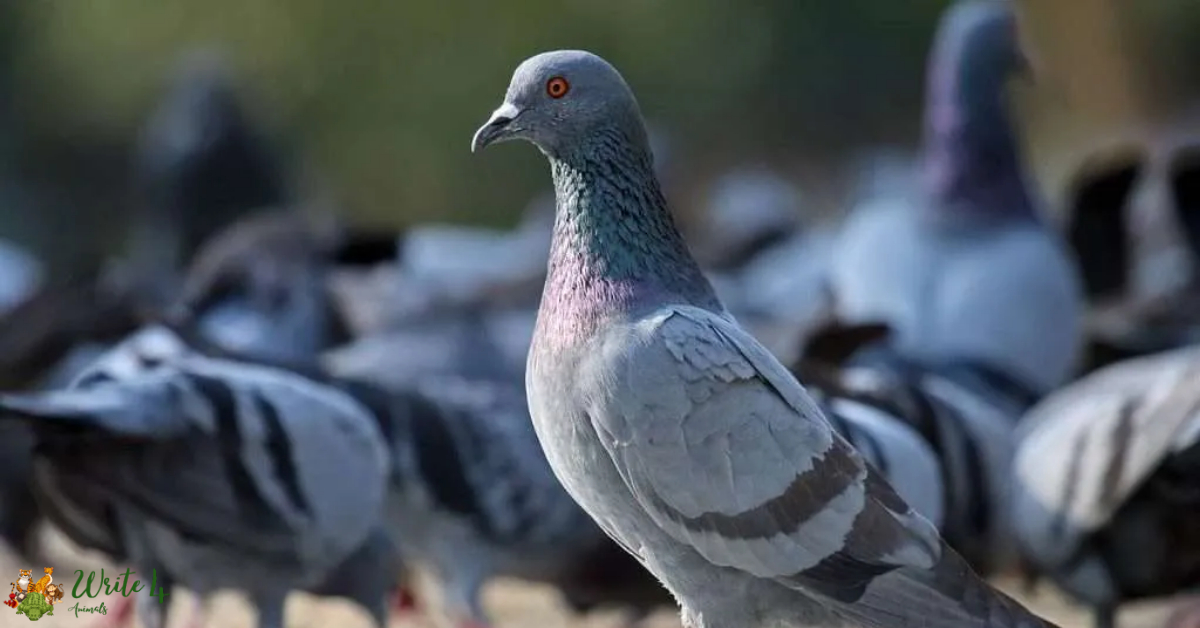
One of their most extraordinary features is their homing ability. Pigeons can navigate vast distances and return to their home lofts with remarkable precision. This skill has been harnessed by humans for centuries, particularly during wartime when pigeons were used as messengers.
Pigeons are also exceptional parents, with both males and females sharing incubation and chick-rearing duties. They produce a special milk called “pigeon milk” to feed their young, a unique adaptation not found in many other bird species.
Despite their adaptability to urban environments, pigeons face challenges such as habitat loss and the perception of being pests. However, they have unique and valuable roles in ecosystems by dispersing seeds and contributing to nutrient cycling.
These often-overlooked birds serve as a reminder that even in the most urbanized landscapes, nature finds a way to thrive, and the unassuming pigeon has a story filled with remarkable skills and adaptations.
Frequently Asked Questions
[sc_fs_multi_faq headline-0=”h4″ question-0=”What makes an animal ‘boring’?” answer-0=”The term ‘boring’ in the context of animals is subjective and can vary from person to person. Some animals might be considered boring because they have less vibrant appearances, exhibit fewer dynamic behaviors, or are not as widely studied or popular as other more charismatic species.” image-0=”” headline-1=”h4″ question-1=”Why should we care about ‘boring’ animals?” answer-1=”Even animals that are considered boring can play critical roles in ecosystems. For example, they may be important prey species, help with nutrient cycling, or have unique adaptations that are of scientific interest. Recognizing the value of these animals is crucial for understanding the complexity of the natural world.” image-1=”” headline-2=”h4″ question-2=”What are some examples of ‘boring’ animals and their significance?” answer-2=”Some examples include earthworms, which are essential for soil health and plant growth; pigeons, which play roles in seed dispersal and nutrient cycling; and ants, which are ecosystem engineers and have highly organized social structures.” image-2=”” headline-3=”h4″ question-3=”Can ‘boring’ animals be fascinating to study?” answer-3=”Absolutely! The study of any animal can reveal a wealth of knowledge about its behaviors, adaptations, and ecological roles. What may seem boring at first can become captivating when explored in depth.” image-3=”” headline-4=”h4″ question-4=”How do ‘boring’ animals contribute to biodiversity?” answer-4=”‘Boring’ animals often occupy unique niches in ecosystems, and their presence is critical for biodiversity. They can provide food for other species, facilitate nutrient cycling, and help maintain the balance of various ecosystems.” image-4=”” headline-5=”h4″ question-5=”What can we learn from ‘boring’ animals?” answer-5=”Studying ‘boring’ animals can teach us valuable lessons about adaptation, cooperation, and the interconnectedness of life. Their simplicity can also serve as a reminder of the beauty in the natural world’s diversity.” image-5=”” headline-6=”h4″ question-6=”How can we raise awareness about the importance of ‘boring’ animals?” answer-6=”Promoting education and appreciation for these animals through articles, blogs, documentaries, and social media can help raise awareness about their significance and foster a greater understanding of their role in the environment.” image-6=”” headline-7=”h4″ question-7=”Are there conservation efforts dedicated to ‘boring’ animals?” answer-7=”While many conservation efforts focus on more charismatic species, there are initiatives and organizations that work to protect habitats and environments where ‘boring’ animals reside, indirectly contributing to their conservation.” image-7=”” headline-8=”h4″ question-8=”Can the perception of an animal being ‘boring’ change over time?” answer-8=”Yes, as we learn more about these animals, our perception of their importance and fascination can change. New discoveries and a deeper understanding of their roles in ecosystems can lead to a shift in how we view and appreciate them.” image-8=”” headline-9=”h4″ question-9=”Are there any ‘boring’ animals that are endangered or at risk of extinction?” answer-9=”Some less well-known animals are indeed endangered, facing threats such as habitat loss and climate change. Recognizing and addressing these threats is essential for the conservation of all species, regardless of their initial ‘boring’ perception.” image-9=”” count=”10″ html=”true” css_class=””]
Also Read
1. Alabai Dog price in india 2023
2. How Strong Are Kangaroos? | Muscular kangaroo 2023
